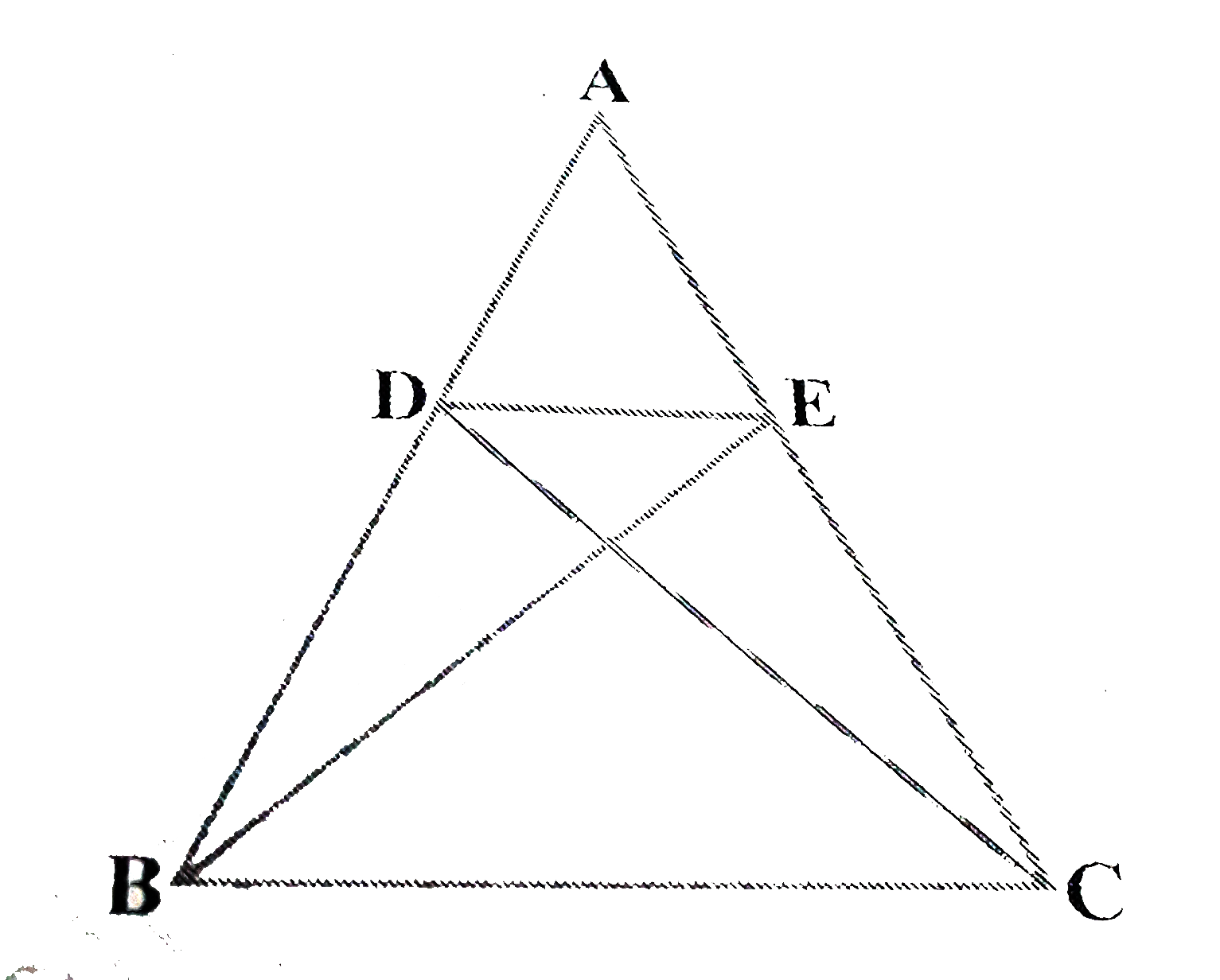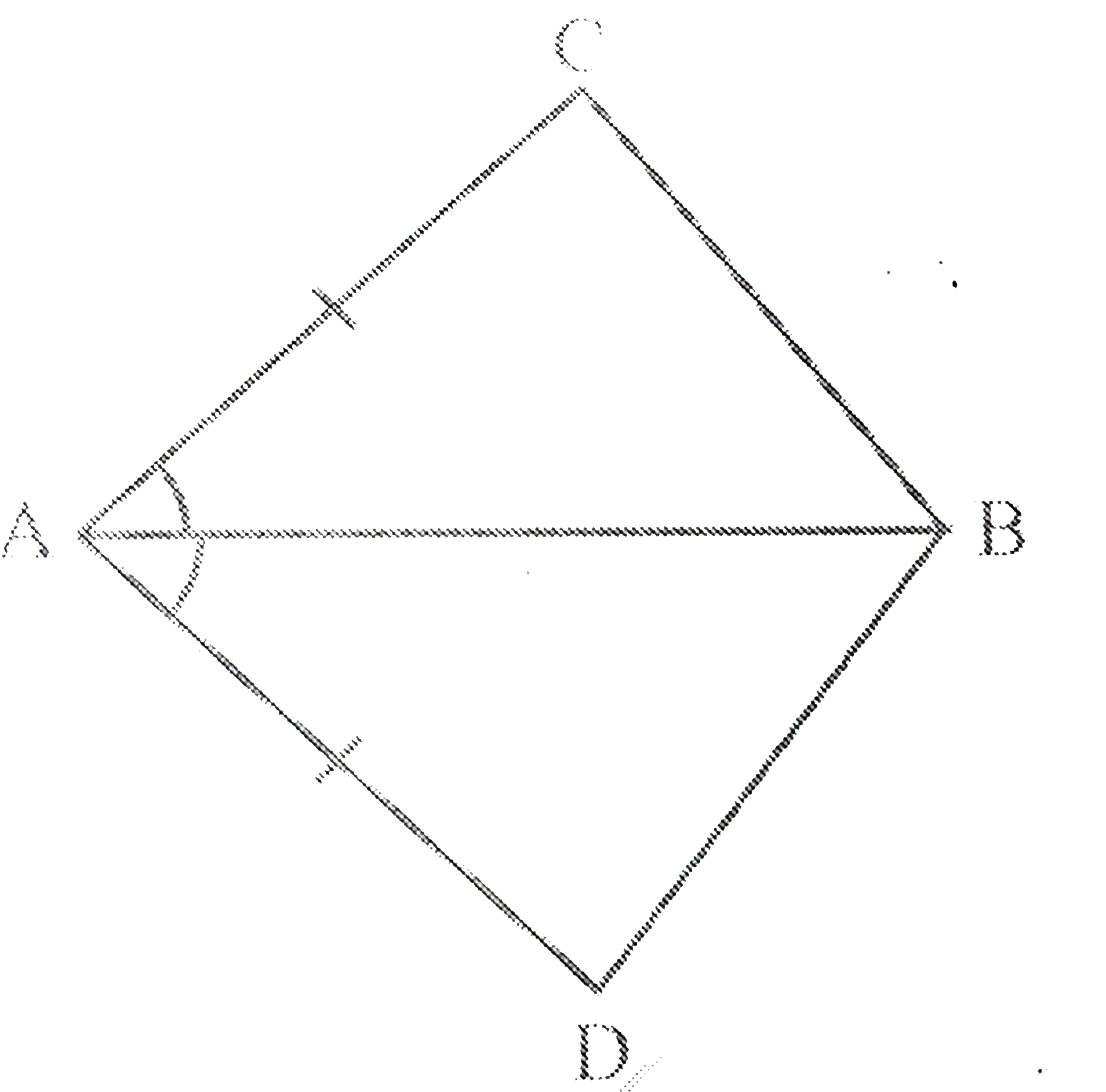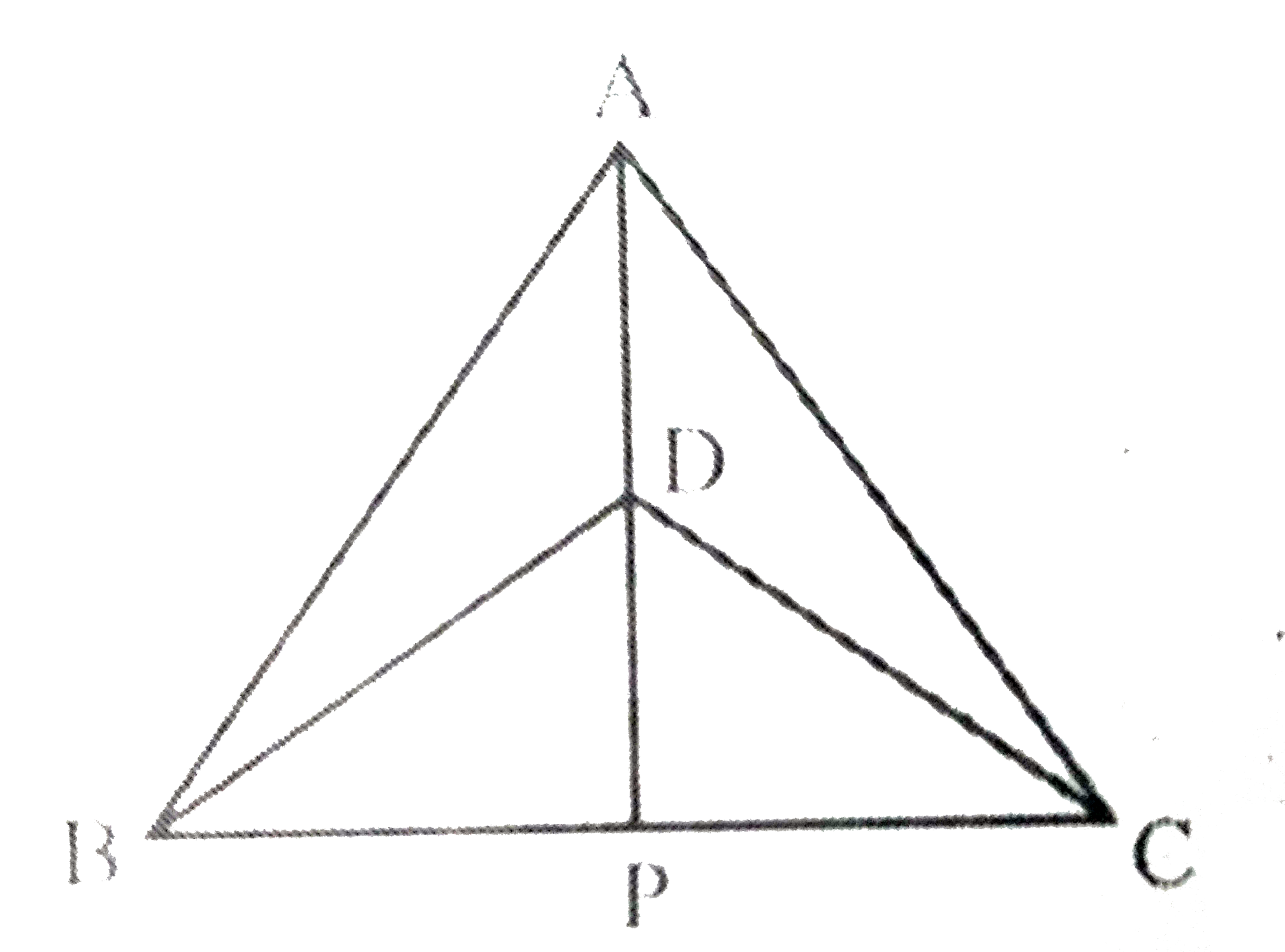In Fig.38, bisects as well as State the three facts needed to ensure that
To prove that triangle ABD is congruent to triangle ACD, we need to establish three facts based on the information given in the question. Here’s the step-by-step solution:
Step 1: Identify the Angles
Since AX bisects angle BAC, we can denote:
- Let angle BAD = angle 1
- Let angle CAD = angle 2
From the property of angle bisectors, we have:
- angle 1 = angle 2
Step 2: Identify the Other Angles
Similarly, since AX also bisects angle BDC, we can denote:
- Let angle BDA = angle 3
- Let angle CDA = angle 4
From the property of angle bisectors, we have:
- angle 3 = angle 4
Step 3: Identify the Common Side
The side AD is common to both triangles ABD and ACD. Therefore, we can state:
- AD = AD (common side)
Conclusion
Now, we can summarize the three facts needed for the congruence of triangles ABD and ACD:
1. angle BAD (angle 1) = angle CAD (angle 2) (from the bisector of angle BAC)
2. angle BDA (angle 3) = angle CDA (angle 4) (from the bisector of angle BDC)
3. AD = AD (common side)
Based on these three facts, we can conclude that triangle ABD is congruent to triangle ACD by the Angle-Side-Angle (ASA) congruence criterion.
---
Since AX bisects angle BAC, we can denote:
- Let angle BAD = angle 1
- Let angle CAD = angle 2
- angle 1 = angle 2
Similarly, since AX also bisects angle BDC, we can denote:
- Let angle BDA = angle 3
- Let angle CDA = angle 4
- angle 3 = angle 4
The side AD is common to both triangles ABD and ACD. Therefore, we can state:
- AD = AD (common side)
Now, we can summarize the three facts needed for the congruence of triangles ABD and ACD:
1. angle BAD (angle 1) = angle CAD (angle 2) (from the bisector of angle BAC)
2. angle BDA (angle 3) = angle CDA (angle 4) (from the bisector of angle BDC)
3. AD = AD (common side)
Topper's Solved these Questions
Similar Questions
In Figure, AE bisects ∠CAD and ∠B=∠C. Prove that AE∣∣BC
View SolutionIn Fig.37, AD bisects ∠A and AD⊥ BC. IsΔADB≅ΔADC? State the three pairs of matching parts you have used in (i) Is it true to say that BD=DC?
View SolutionΔ ABC is isosceles with AB=AC. Line segment AD bisects∠A and meets the base BC ∈ D. IsΔADB≅ΔADC? State the three pairs of matching parts used to answer (i). Is it true to say that BD=DC?
View SolutionIn figure, if ΔABE≅ΔACD, show that ΔADE~ΔABC.

View SolutionIn quadrilateral ACBD, AC = ADand AB bisects ∠A(see Fig. 7.16). Show that ΔABC≅ΔABD

View SolutionIn Fig.19,Δ ABC is isosceles with AB=AC, D is the mid-point of base BC. IsΔADB≅ΔADC? State the three pairs of matching parts you use to arrive at your answer.
View SolutionIn Fig. , AD bisects ∠A, AB=12cm, AC=20cm and BD=5cm , determine CD
View SolutionInΔABC, it is known that∠B=∠C. Imagine you have another copy ofΔABC IsΔABC≅ΔACB State the three pairs of matching parts you have used to answer (i). Is it true to say that AB=AC?
View SolutionΔABCand ΔDBCare two isosceles triangles on the same base BC and vertices A and D are on the same side of BC (see Fig. 7.39). If AD is extended to intersect BC at P, show that (i) ΔABD≅ΔACD
(ii) ΔABP≅ΔACP
(iii) AP bisects ∠A as well as ∠D
(iv) AP is the perpendicular bisector of BC

View SolutionIn figure, AB∣∣DC and AB=DC. (i)IsΔACD≅ΔCAB? (ii)State the three pairs of matching parts used to answer (iii) Which angle is equal to∠CAD ? (iv) Does it follow from (iii) that A D || B C ?
View Solution
